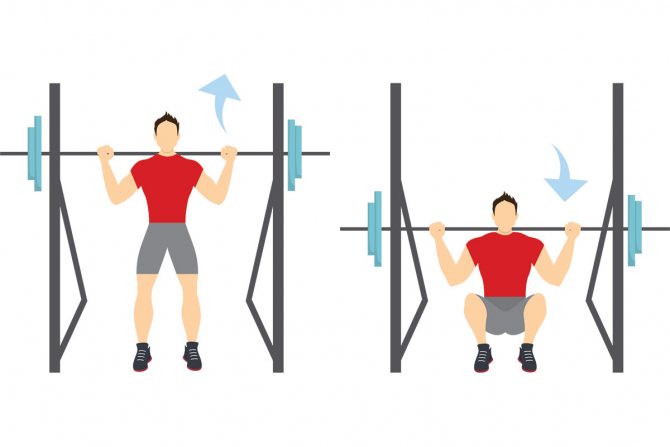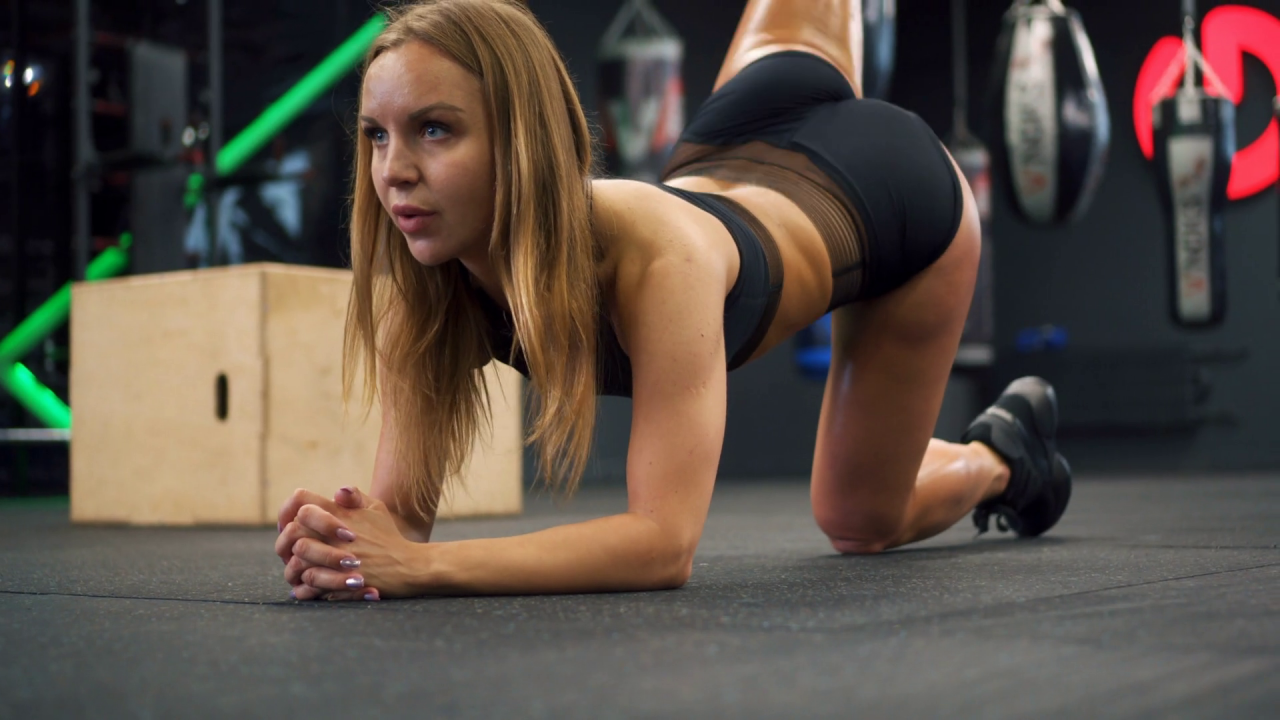
Significance in comparison with hands
Finally, note that Recently, studies have become popular arguing that footwork does not significantly affect crawl speed compared to hands (in particular, here is a link to an English-language study).
Without dispute the correctness of these tests, we note that they need to be interpreted correctly: they do not mean at all that you need to abandon the development of the legs and engage in hands, or that their technique is not so important.
Firstly leg swings are essential to balancing the body and maintaining its correct position in the water – it is extremely difficult to swim on one hand.
Second , the correct work of the legs, no doubt, gives a tangible increase in speed – try to swim only at the expense of your hands (with a ball between your legs), and then in full coordination.
Swimming: Footwork Technique
In order to keep the feet close to the surface of the water, we recommend for most swimmers the six-stroke version of the crawl, in which for a full cycle of arm movements, the legs perform six strokes – three each. If you swing your legs for a while, it’s natural to start swimming in a six-beat rhythm without even realizing it.
In order to give acceleration with the legs, high flexibility of the ankles is necessary. Elite swimmers are distinguished by the ability to “pull the toe” very strongly, arching the foot
Kicking is necessary for two main reasons: first, to keep them as close to the surface of the water as possible, and second, to optimize forward movement. As discussed later, efficient and frequent footwork is more important for elite pool sprinters. For triathletes and long-distance master swimmers, striking is primarily about maintaining balance and keeping the legs as high as possible with minimal effort.
- For elite six-beat swimmers, footwork provides about 10-15% of the advance, the remaining 85-90% are hand strokes. Nevertheless, correct footwork is extremely important for them, since all participants in the heats have an almost equal chance of winning, so literally fractions of a second are important here. It should be remembered: it will take a lot of energy to increase the force of the blow, but in the end it will only slightly accelerate the overall progress.
- Elite swimmers are distinguished by the amazing flexibility of the joints of the ankles, knees and thighs. This quality helps to create such an angle of attack of the water at their feet, at which it is pushed backward, moving the whole body forward. Most adult swimmers cannot do this – this can only be achieved through constant, persistent, purposeful training almost from childhood. It should also be remembered that in triathletes, good flexibility in the foot can significantly reduce the potential for injuries to the ankle.
- For this reason, for most adult swimmers and triathletes, increasing advancing leg work is a challenge. almost beyond the realm of possibility. At best, footwork will provide them with 5% advancement. In long-distance swims, such swimmers, on the contrary, try to reduce their energy consumption for footwork, “redirect” it to strokes, and this leads to faster progress in the water.

Hip kick
Moving with a straight leg helps to maintain a high body position
Good kick technique means: it is not from the knee, but from the hip; the knee at this time remains free, relaxed, slightly bent at the joint during movement.
Triathletes are more prone to impact from the knee, while they often bend it too much. Perhaps this movement is somewhat reminiscent of running or cycling (underwater). These movements consume a lot of energy, and they also increase the resistance of the water. On a knee strike, the quadriceps (muscles of the anterior and lateral surfaces of the thigh), groups of the posterior muscles of the thigh, are involved, during which a lot of oxygen is burned. If you get the feeling that you are panting while swimming, it may be because you are throwing kicks from the knee.
In swimming, it is much more technical to do kicks with straight, relaxed legs from the hip. They are less energy intensive, help maintain a high position of the body in the water, thereby reducing the force of resistance. Use the Ballet Kicks, Torpedo Kicks, and Swim Back exercises (see Exercises for Swimmers) to learn this technique.

